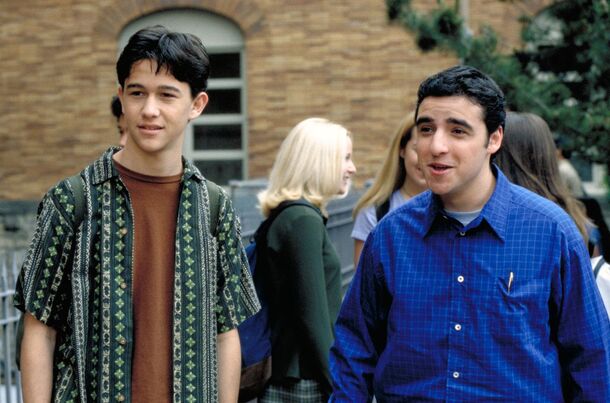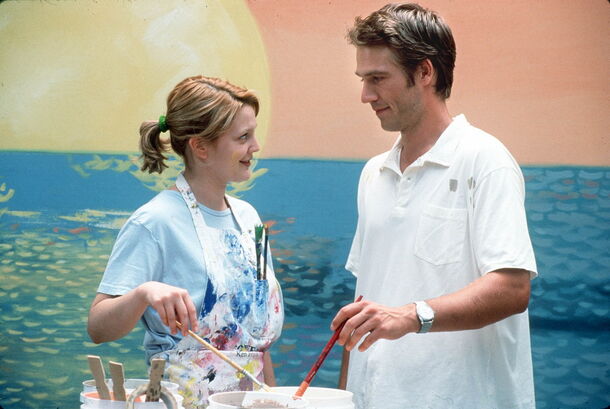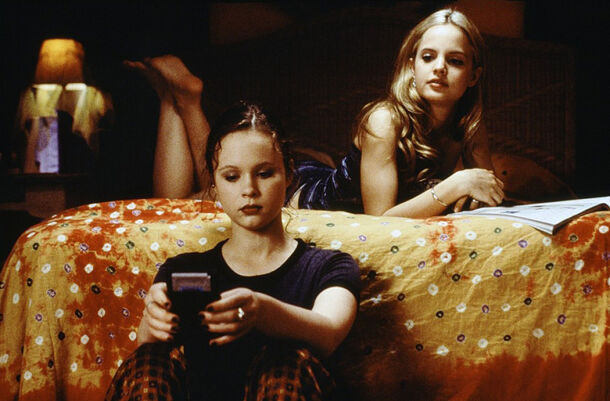3 Annoying Movie Tropes Hollywood Thankfully Left Behind, Ranked

The evolution of cinematography is the greatest process that can always guarantee that the best is yet to come.
While we often look back on our beloved movies of the 90s with a nostalgic sigh, it's only fair to say that they weren't always the best of movies.
Even the films we watched through rose-colored glasses had some real flaws, but we chose to ignore them. The stories were often clichéd, with white perspective dominating under the pretense of shallow diversity.
And while some of these clichéd topics still remain today, even though changed in time, they've become much less popular, and we're happy that Hollywood has almost moved on from them. Especially from these three.
3. Token minority character
Writers and producers place minority characters in cis-white casts for the only purpose of creating casual representation.
This character is almost always given a side role, such as the best friend of the lead, played by a white actor.
And almost always, their presence is purely symbolic, used only to avoid criticism for not having a more diverse movie cast.
Recently, however, there have been efforts to combat the damaging trope of tokenism in movies. And Hollywood is now promoting (or trying to) true inclusion by celebrating diverse perspectives and experiences.

2. The "different" girl
This is a trope that almost every 90's teen romance movie had. The films had this one girl protagonist who was not like the others.
For example, if the girls in her school were interested in fashionable clothes or relationships with boys, or even gossiping sometimes, it was implied that they were less intelligent than this particular female character.
The writers went out of their way to portray her as a non-mainstream character, which was actually quite hyped at the time.
But thankfully, the world of cinema has now come to understand that a woman's interest (or lack of it) in typically feminine activities does not make her any more or less worthy.

1. The male gaze
Movies in the 90s had a major habit of appealing to the male gaze more often than not. And what's worse, sometimes underage girls were put at the center of this trope.
These days, however, when a woman on screen is presented as an oversexualized, passive piece of eye candy through the lens of a heterosexual man, it is generally viewed as sexist and obsolete.
The sexual exploitation of young girls and adult women in movies is unacceptable. These characters are written as empty objects for men to project their fantasies onto.
And it is a real win for the movie industry to finally eliminate this trope as women have more opportunities to exercise their creativity in the movie.
